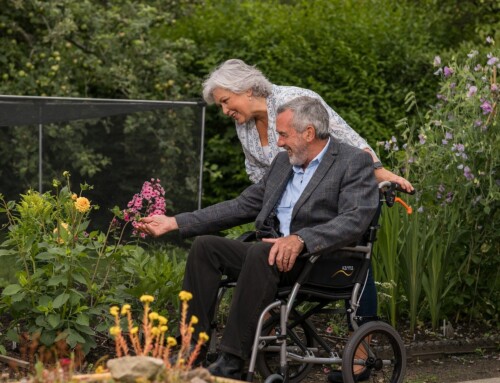Swimming is an exceptional exercise for seniors, especially during hot Florida summers when the heat penetrates inside. This low-impact activity offers a unique blend of cardiovascular fitness, muscle strengthening, and improved flexibility without the strain on joints often caused by other forms of exercise. Swimming can be a top choice for seniors seeking a fun, therapeutic way to stay active.
Swimming is a powerhouse exercise that benefits individuals of all ages. As a full-body workout, it enhances cardiovascular health by improving heart rate and blood flow, all while significantly reducing the risk of many chronic diseases that seniors face as they age. The resistance provided by water strengthens muscles and improves flexibility, making everyday activities easier and reducing the risk of injury.

Swimming’s buoyant nature means less stress on the joints. Seniors with arthritis or rehabilitating injuries often struggle with traditional weight training exercises, so swimming provides a way to strengthen muscles without risking a rip or tear at a weak point of the body. While there are definitely other limitations and risks that come with swimming, there is no denying that the simple ability to float in water means that seniors who struggle with balance or other issues that make traditional exercise hard can benefit from taking a dip in the pool.
Beyond the physical, swimming offers mental health benefits. The rhythmic nature of swimming strokes and breath has even been shown to have a meditative effect, reducing stress and improving mood. If nothing else, it can feel great to cool down while relaxing in the pool. Swimming serves as a comprehensive form of exercise, and every senior should consider taking up the activity after talking to their doctor and taking steps to ensure the activity is safe.
Swimming for Seniors
Swimming is particularly advantageous for seniors – a gentle yet effective form of exercise. For those who may have been inactive or are managing chronic health conditions, swimming offers a safe entry point back into physical activity. Safety is the name of the game when you start any new activity. Consulting with a healthcare provider before beginning any new exercise regimen ensures that no aspect of your health status or physical capabilities gets overlooked.
When you finally get in the pool, treat it like any other form of exercise. Start slowly, perhaps with a few laps, and gradually increase the duration and intensity to help prevent overexertion. Structured water aerobics classes or swimming lessons designed for seniors can also provide a supportive environment for learning and improvement. You can often find courses focusing on building endurance, strength, and flexibility targeted for older adults.
Finding Senior Swimming Opportunities
While many assisted living facilities do not have a swimming pool on site, seniors can arrange transportation to a local YMCA or community center that offers swimming programs for older adults. These facilities not only provide steps, ramps, and lift systems for safe entry and exit but the staff members are trained to offer the compassionate support and reassurance you may need.
If you decide to swim at a community pool, always be sure to swim with a friend or only when a lifeguard is on duty. As beneficial as swimming is for older adults, it can also pose great danger if something happens and no one is there to help.
Assisted Living Elevates Quality of Life
Just as an exercise routine can enhance quality of life significantly, a move to assisted living can transform day-to-day life for seniors. When the need to perform housework, yard work or meal preparation is removed, residents can spend their time meeting new people, trying new activities, and pursuing interests.
If you are planning a move to an assisted living facility in the near future, we invite you to visit our facility today. Contact A Banyan Residence to schedule your tour and learn more.







